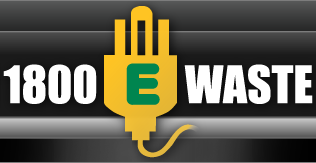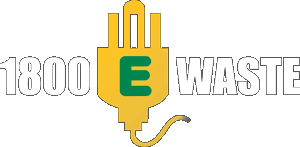The Basel Convention on the Control of Transboundary Movements of Hazardous Wastes and their Disposal was brought into force in 1992 in order to prevent the transportation of hazardous wastes to developing countries. Over 170 countries have now joined the convention, including Australia who became a member of the Basel Convention on the 5th February 1992.
Transportation of hazardous waste received much negative press throughout the 1980’s with several high profile cases regarding the shipment of toxic waste.
One such story involved the Khian Sea ship which, in 1986, spent 16 months sailing around the world with 14, 000 tonnes of toxic ash from waste incinerators in Pennsylvania, USA. Eventually, the ships captain admitted that the majority of the ash, reportedly as much as 10, 000 tonnes, had been dumped into the Atlantic and Indian Oceans. Whilst some governments and activists had been looking into such legislation since the 1970’s, it was stories such as this that put pressure on governments to implement something urgently; in March 1989 the Basel Convention was drafted and has since signed over 170 members, including Australia.
The Basel Convention
The Basel Convention has three main objectives. Firstly it aims to minimise the generation of hazardous wastes and believes that through “cleaner production” both companies and the environment can benefit through lower costs and less environmental damage. Secondly it encourages countries and manufacturers to treat and dispose of hazardous wastes as close to their source of generation as possible. They hope that this will reduce the risk of accidents and spills like the one mentioned above and also to ensure that the cost of disposal remains the resposibility ot its generators. Finally, and most crucially, The Basel Convention hopes to minimise the movement of hazardous waste across borders and over seas by enforcing an agreed regime of rules and licenses. Parties to the Basel Convention have agreed not to export any hazardous waste unless proper licenses have been acquired.
What Constitutes Hazardous Waste?
The Basel Convention identifies 27 specific categories of waste; some of the most hazardous chemicals addressed by the convention are arsenic, cadmium, lead, mercury and PCB’s – all of which are found in our household electronic waste. When we send our ewaste overseas, not only are we running the risk of spilling deadly chemicals into the ocean, but we are also sending it to countries that lack the financial and technical capabilities to dispose of this kind of waste.
In 1995, Annex VII was added to the convention which stated that members “shall not export hazardous wastes intended for recovery, recycling or final disposal” in order to protect developing countries that lacked “financial, technical, legal and institutional capacity” to dispose of this waste safely. Recycling electronic waste without the correct safety procedures and equipment can cause immediate damage to the workers through inhaling fumes and direct contact with hazardous chemicals. Alternatively, the waste is sent directly to landfill allowing these chemicals to seep into the earth, infecting water streams and soil. This Greenpeace video highlights the dangers that hazardous waste, particularly ewaste, pose to countries who just don’t have the facilities to dispose of it, or the powers to stop it arriving by the container load.
Illegal trafficking of hazardous waste still occurs, despite governments doing all they can to prevent such crimes occurring.
Whilst the Basel Convention and its parties do everything in their power to try and stop such damaging transportation of hazardous materials, it is still happening today. Rogue traders continue to try and con customs by diluting chemicals or mixing them with less hazardous materials. It is for this reason that the Basel Convention is so crucial in ensuring that this does not continue to happen by helping governments draft and implement legislation and punishments that combat illegal trafficking.
At 1800Ewaste we only use recycling facilities within Australia where electronic waste and the dangerous chemicals it contains can be recycled in a controlled environment to ISO14001 standard. 1800ewaste is Australia’s leading ewaste collection and recycling service and we’re passionate about diverting as much electronic equipment from landfill as possible. We believe in prolonging the lifespan of valuable materials by recycling all that we can. Currently 95-98%, by weight, of all the materials we collect is recycled for future use. Our service is professional, fast and reliable; we’ll come to you, collect your Ewaste and deliver it to the appropriate recycling facility.
For more information please don’t hesitate to give us a call on 1800 392 783 or drop us an email to mail@ewaste.com.au
References The Basel Convention – http://www.basel.int/ Greenpeace – https://www.youtube.com/user/GreenpeaceVideo
